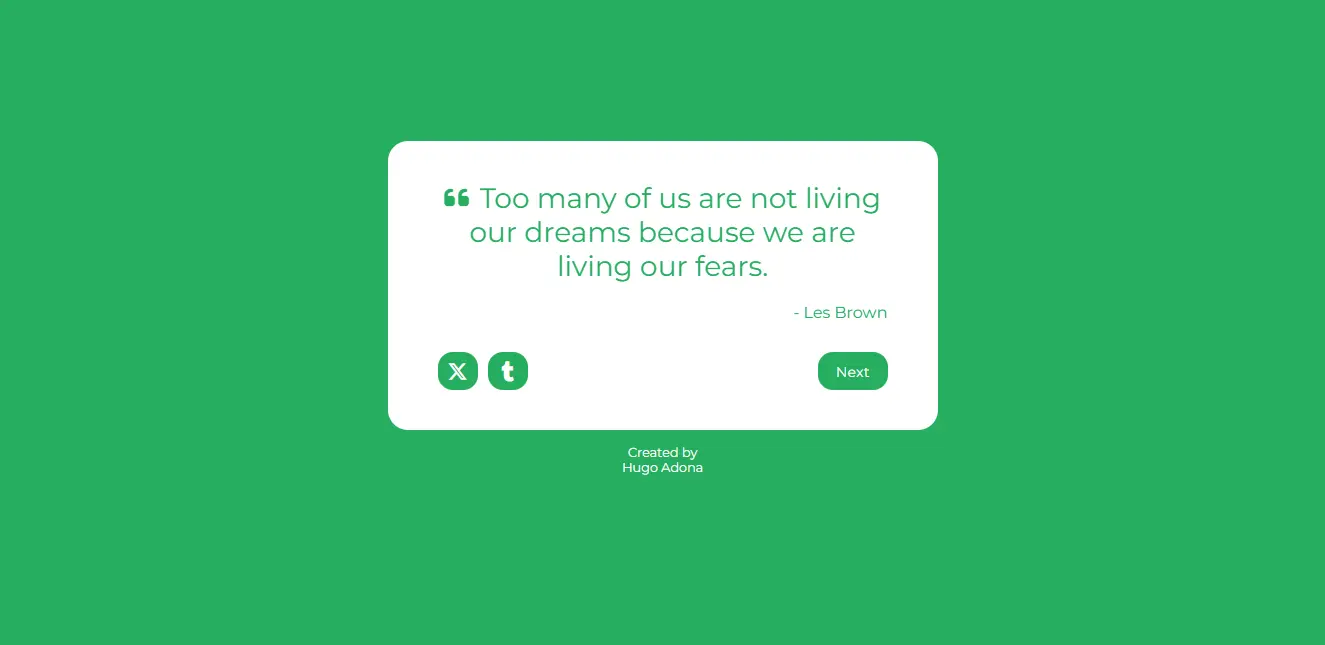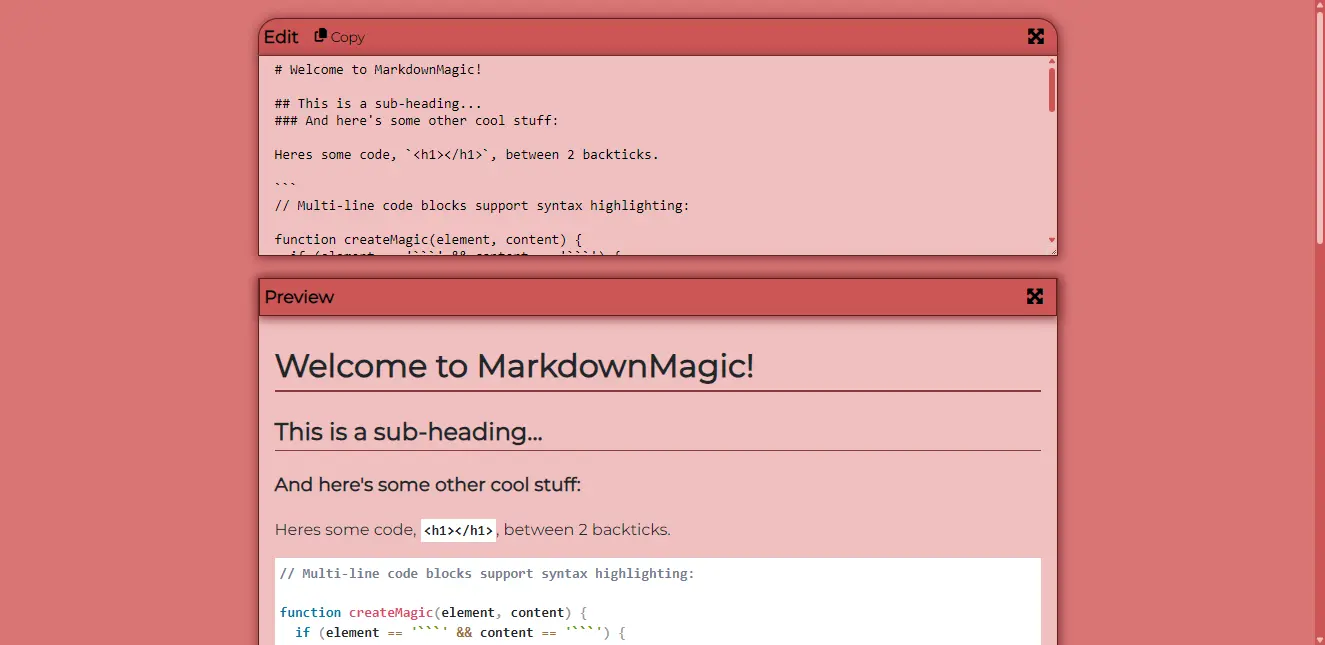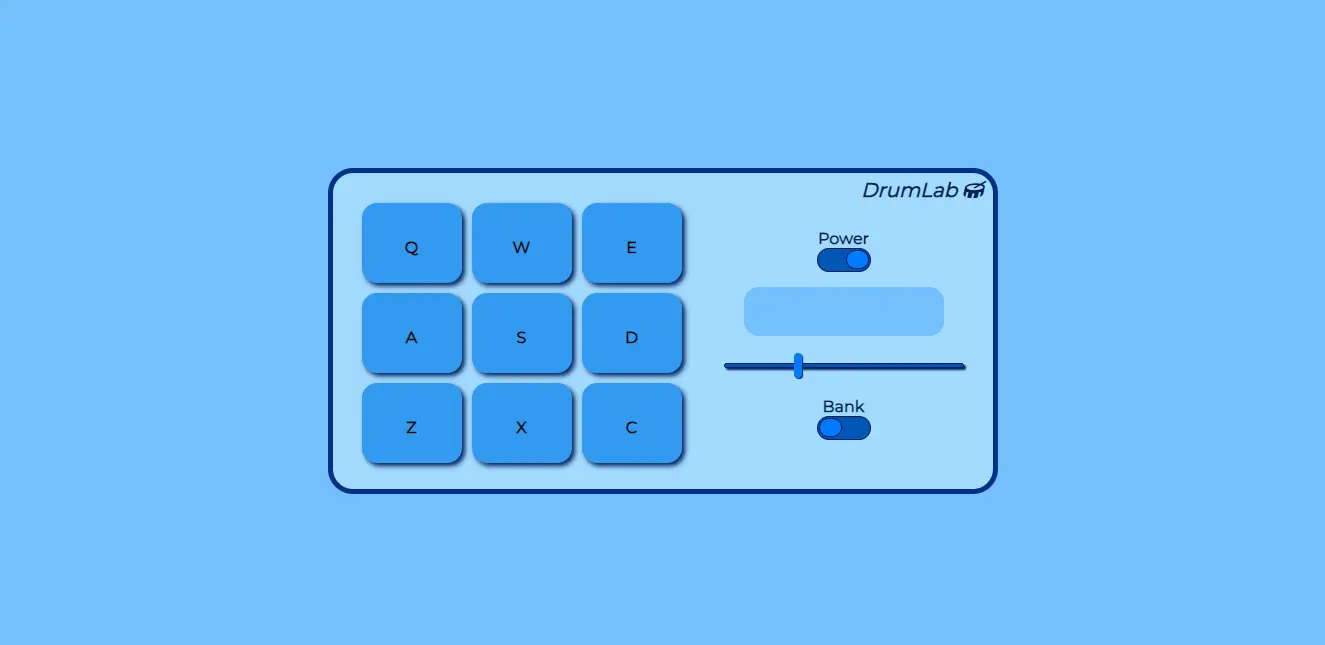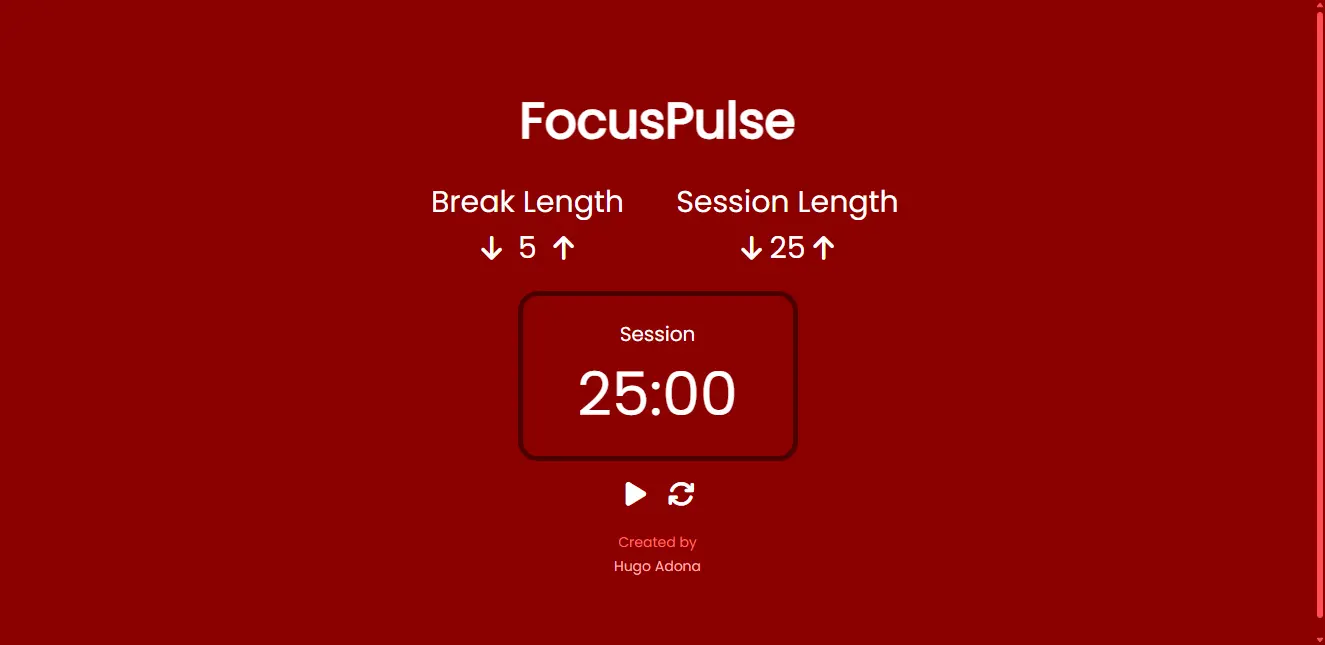Portfolio
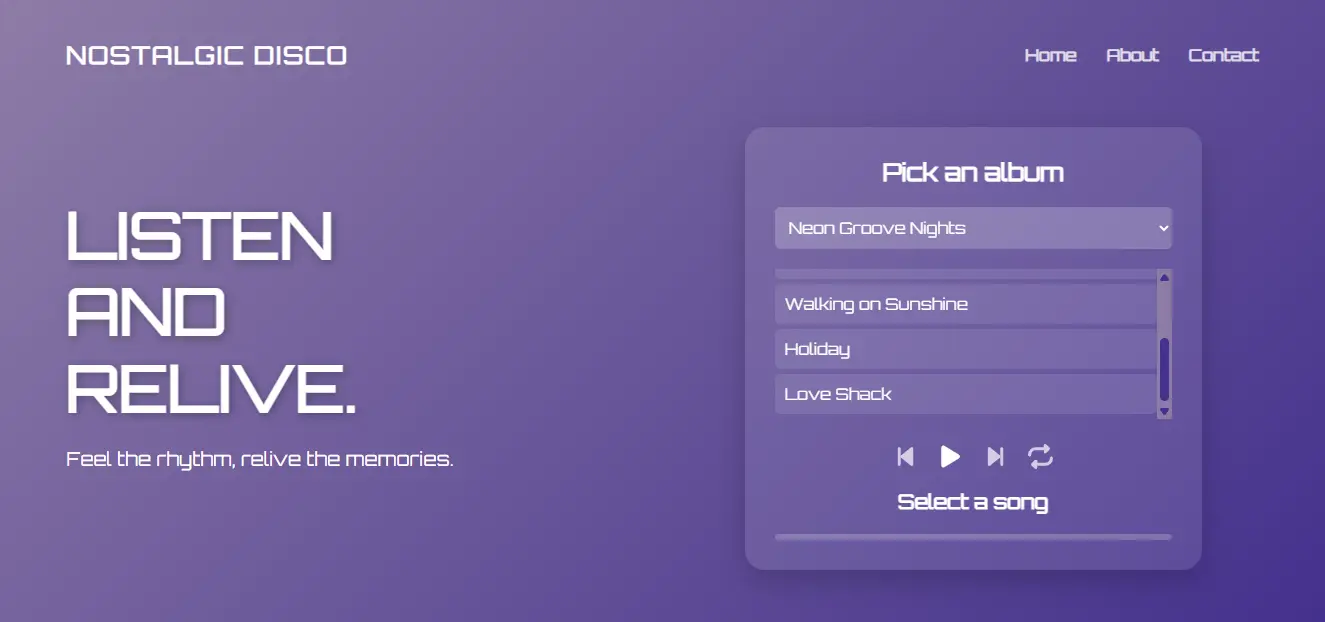
Nostalgic Disco
A retro-themed music web application designed to immerse users in the vibrant sounds and aesthetics of the disco era.
Visit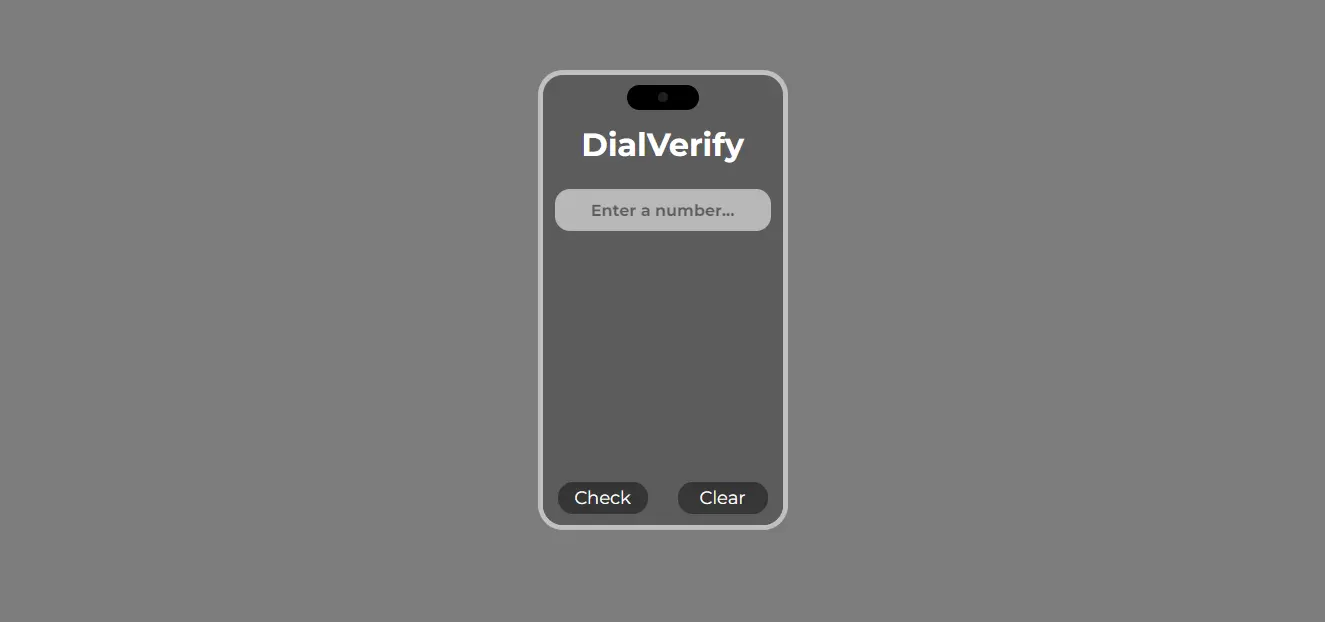
DialVerify
A comprehensive telephone number validator for validating phone numbers across different formats and regions.
VisitAbout
Hugo is a high school student with his head always in the clouds, dreaming about all the possibilities life holds for him. He discovered his passion for programming early on, sparked by curiosity and eventually turning into something much deeper. What began as a simple interest in coding has blossomed into a real ambition, he wants to be a full stack developer, crafting digital projects that truly matter.
For Hugo, programming isn’t just a skill; it’s a way to make a difference. He believes that technology has the power to enhance lives, tackle real challenges, and unite communities. Whether it’s developing sleek applications or designing intuitive websites, every line of code he writes is a chance for him to make a positive impact.
Certificates

Services
Web Design
Web design is all about planning, conceptualizing, and organizing content for the web. It’s the art of creating and laying out websites, with a keen focus on how they look, how users interact with them, their functionality, and how accessible they are to everyone. This field blends graphic design principles with coding know, how, and it often includes elements like typography, color palettes, images, navigation systems, and making sure everything works smoothly on various devices.
Frontend Development
Front-End is all about the client-side of a website or application, the part that users actually see and interact with right in their web browser. It encompasses everything from the layout and design to buttons, text, images, and the overall user interface. When it comes to front-end development, we rely on technologies like HTML for structure, CSS for styling, and JavaScript for adding interactivity, all aimed at creating responsive and visually engaging web experiences.
Backend Development
Back-End refers to the behind-the-scenes part of a website or application that users don’t actually see. It takes care of the logic, manages database interactions, handles authentication, configures the server, and processes data to ensure the front-end runs smoothly. The back-end is typically developed using programming languages like Python, Java, PHP, Node.js, or Ruby, and it often connects to databases such as MySQL, MongoDB, or PostgreSQL to store and retrieve information.
